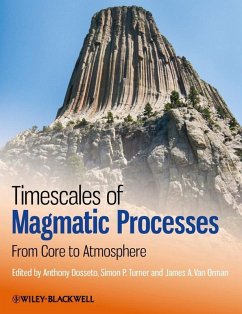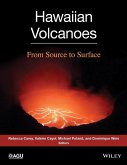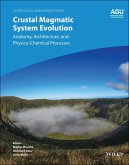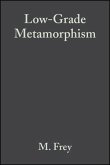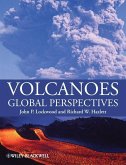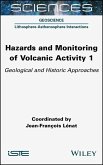Quantifying the timescales of current geological processes is critical for constraining the physical mechanisms operating on the Earth today. Since the Earth's origin 4.55 billion years ago magmatic processes have continued to shape the Earth, producing the major reservoirs that exist today (core, mantle, crust, oceans and atmosphere) and promoting their continued evolution. But key questions remain. When did the core form and how quickly? How are magmas produced in the mantle, and how rapidly do they travel towards the surface? How long do magmas reside in the crust, differentiating and interacting with the host rocks to yield the diverse set of igneous rocks we see today? How fast are volcanic gases such as carbon dioxide released into the atmosphere? This book addresses these and other questions by reviewing the latest advances in a wide range of Earth Science disciplines: from the measurement of short-lived radionuclides to the study of element diffusion in crystals and numerical modelling of magma behaviour. It will be invaluable reading for advanced undergraduate and graduate students, as well as igneous petrologists, mineralogists and geochemists involved in the study of igneous rocks and processes.
Dieser Download kann aus rechtlichen Gründen nur mit Rechnungsadresse in A, B, BG, CY, CZ, D, DK, EW, E, FIN, F, GR, HR, H, IRL, I, LT, L, LR, M, NL, PL, P, R, S, SLO, SK ausgeliefert werden.

